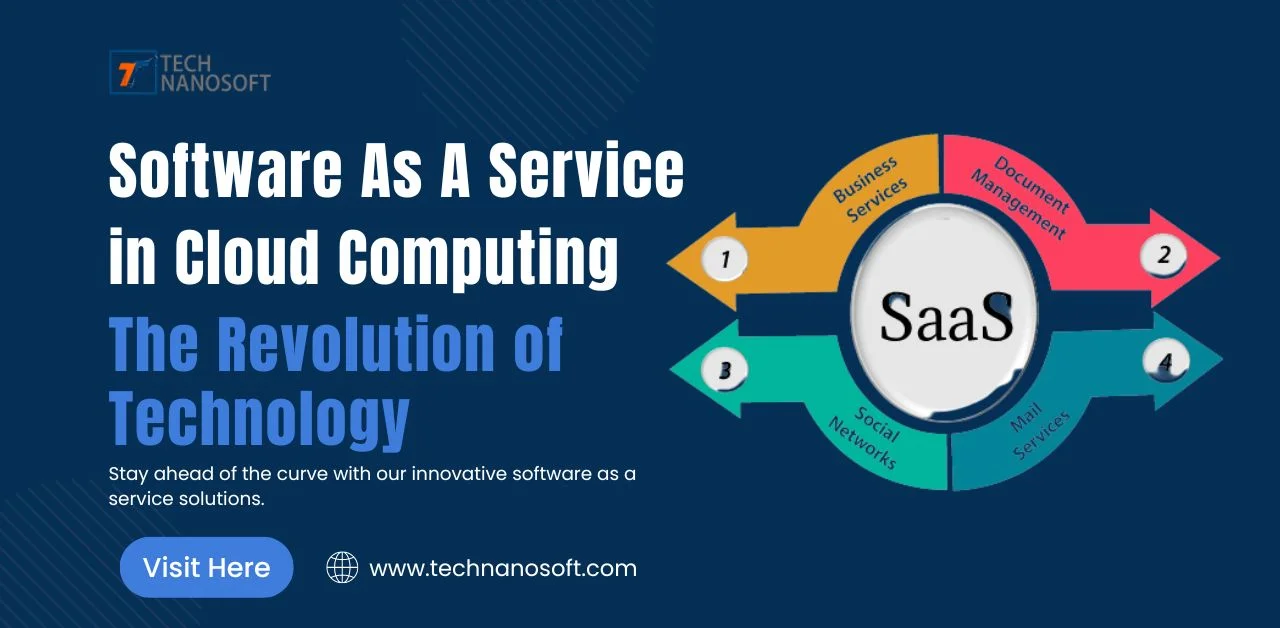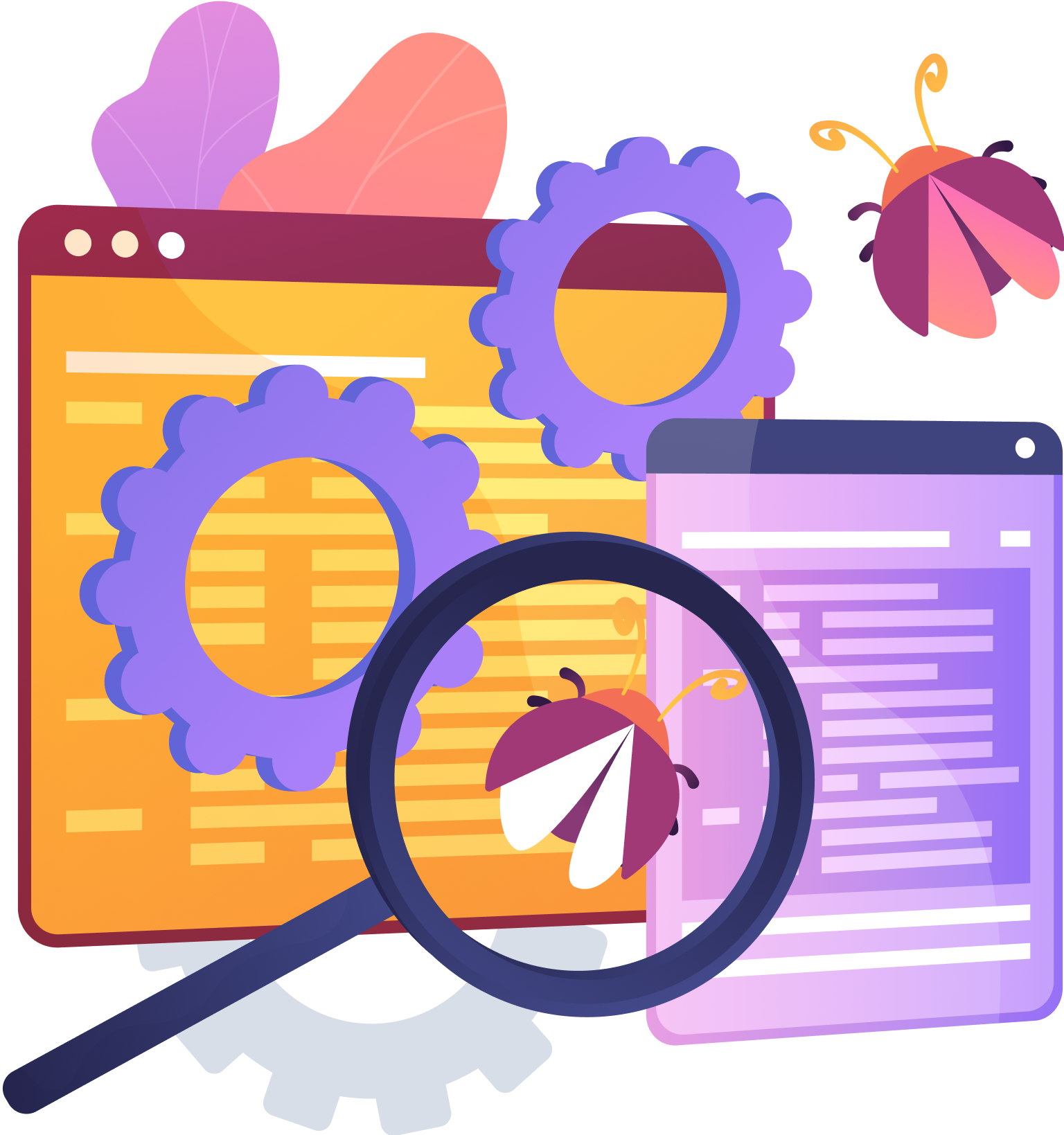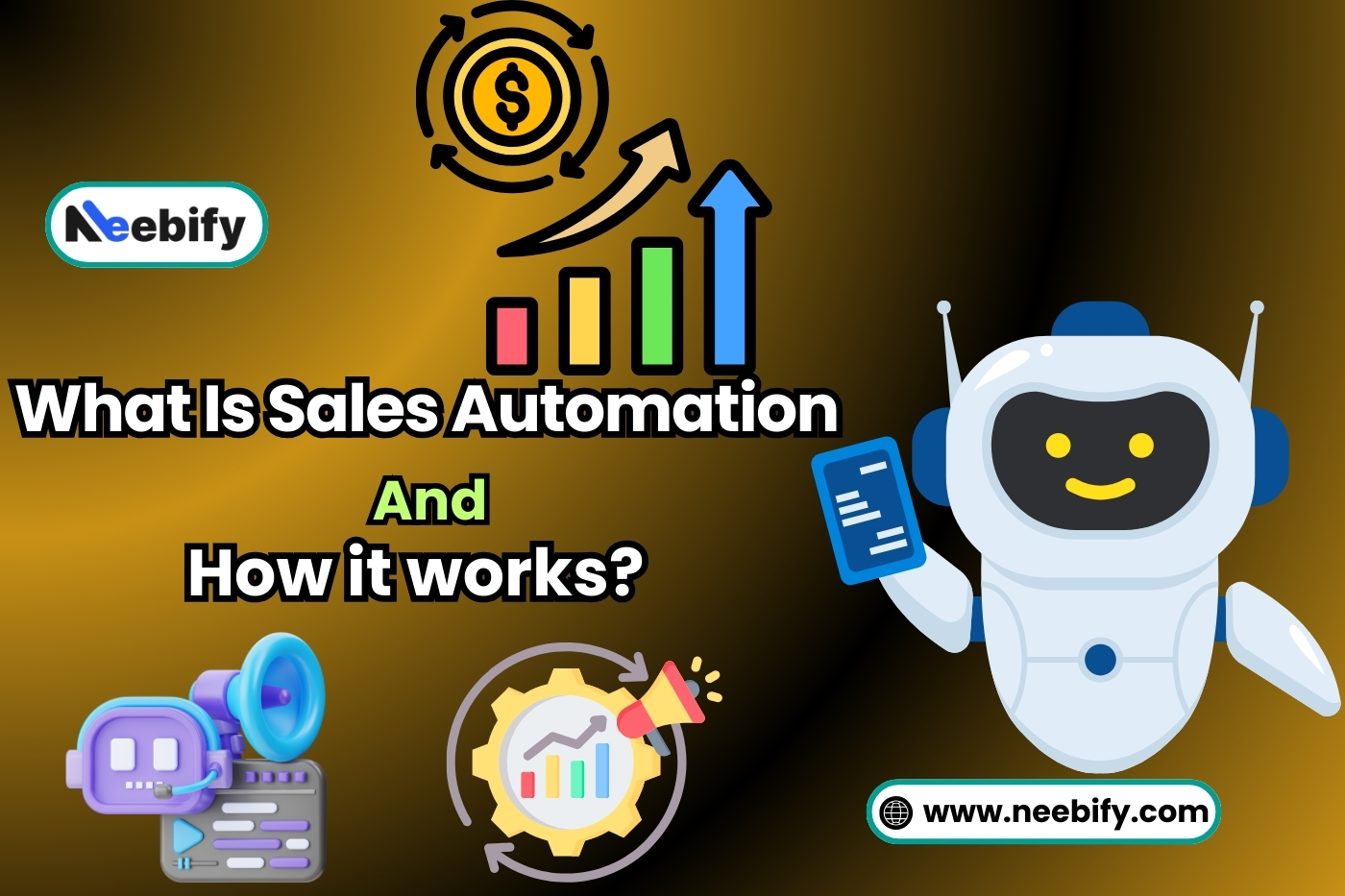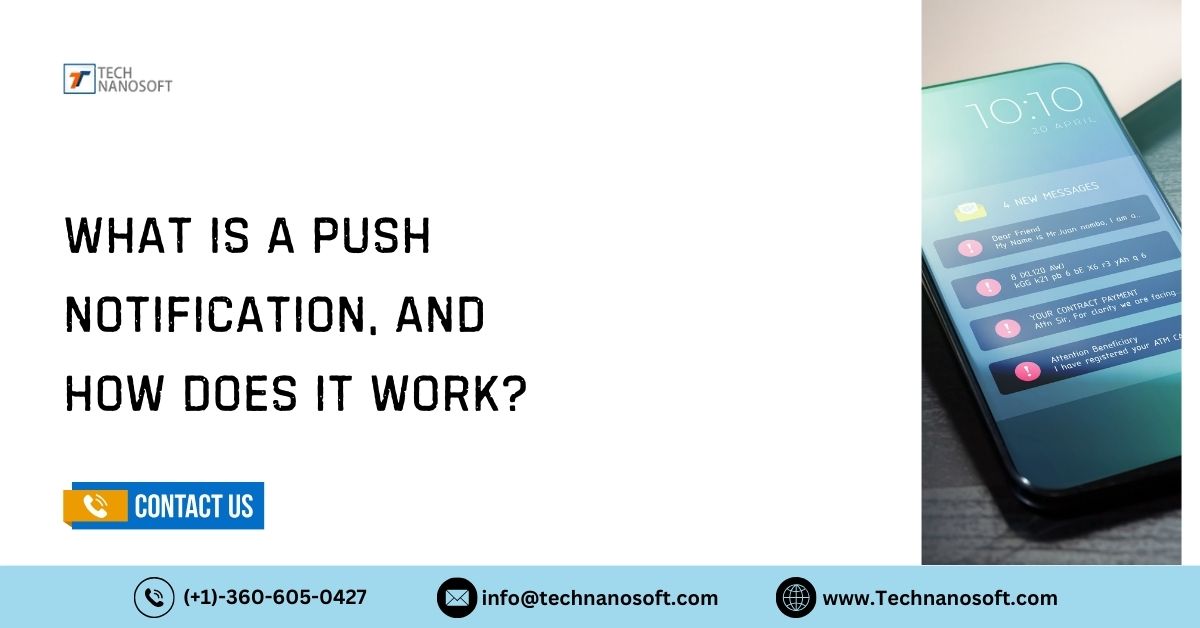Software As A Service in Cloud Computing - The Revolution of Technology

Introduction
SaaS stands for Software as a Service. It is a method of distributing Software where the vendor hosts the program and makes it accessible to users online. SaaS is a form of cloud computing, a technique for transmitting computing resources via the internet. Instead of purchasing a license to install the Software on their servers, the customers in this model pay a subscription fee to access the product.
SaaS platform is significant in today's technology environment because it gives enterprises a flexible and affordable way to acquire software applications. Businesses can use software programs with SaaS from any location, at any time, provided they have access to the internet. It makes it the perfect option for companies with remote workers or those needing to access software applications from several places.
The SaaS revolution in cloud computing has had a huge impact on technology. SaaS has altered how companies access and utilize software programs, making it simpler and more affordable for companies of all sizes to get the technology they need to thrive. Businesses no longer have to be concerned about up-front maintenance and support costs related to conventional software distribution methods. Instead, they can utilize the Software to promote expansion and innovation within their company.
Consequently, SaaS in cloud computing has revolutionized how companies access and use software programs, making it a crucial component of today's technological landscape. It has become a top delivery model for software programs due to its accessibility, efficacy, and flexibility. Its continuous expansion and development will continue to influence the direction of technology.
What are SaaS And It’s Key Features
The term "Software as a Service" (SaaS) refers to a cloud-based distribution model for software applications in which the provider hosts the Software and makes it accessible to clients online. Instead of purchasing a license to install the Software on their servers, customers pay a subscription fee to access the product. The main characteristics of SaaS include the following:
Accessibility
As long as a firm has an internet connection, SaaS enables access to software applications anytime and from any location.
Scalability
As a company's demands change, SaaS enables it to swiftly and effectively scale its operations.
Cost-effectiveness
SaaS software does not require the initial outlay of funds or continuous maintenance and support expenditures that come with conventional software distribution techniques.
Security
SaaS providers frequently provide increased security features, making it a more secure option for enterprises than conventional software distribution techniques.
Benefits of SaaS in Cloud Computing
Increased productivity
Collaboration is improved since SaaS makes it simpler for staff members to work together on projects even when they are based in various places.
Enhanced competition
SaaS gives companies access to the newest technology, keeping them one step ahead of the opposition.
Reduced IT workload
SaaS frees IT staff to concentrate on other initiatives by removing the requirement for enterprises to maintain and support their Software.
The Evolution of SaaS Industry
Software as a service (SaaS) development can be broadly divided into the following stages:
1. Early Adoption (2000-2010)
SaaS was in its infancy and was mostly utilized for straightforward apps like email and calendars.
2. Mainstream Adoption (2010-2015)
Customer relationship management (CRM) and human resources (HR) management are two examples of more complicated SaaS apps that started to get broad use between 2010 and 2015.
3. Expansion into New Verticals (2015-2020)
SaaS has grown into new businesses and areas, including healthcare, finance, and education (2015–2020). SaaS for mission-critical applications became more popular, which increased spending and technological advancement.
4. Consolidation and Maturity (2020-Present)
Since the SaaS market has matured, there has been more rivalry and supplier consolidation. The advancement of artificial intelligence (AI) and the Internet of Things (IoT) has increased the potential of SaaS while technology is still developing.
Software as a Service (SaaS) is a category of cloud computing service that gives users online access to software programs. In other words, clients can receive Software through the cloud and pay for it via subscription rather than installing it on their machines.
On the other hand, the term "cloud computing" refers to a broader idea of providing computing resources, like storage, processing power, and Software, over the internet. SaaS is one of three major categories of cloud operating system, together with Platform as a Service (PaaS) and Infrastructure as a Service (IaaS)
(PaaS).
While PaaS offers a platform for users to create and deploy their software applications, IaaS gives users access to virtualized computing resources, including servers, storage, and networking.
How SaaS leverages the Power of Cloud Computing
SaaS product makes use of the advantages of cloud computing in several ways:
Scalability
SaaS applications can use the flexibility and scalability of cloud computing to scale dynamically to meet rising demand.
Accessibility
Utilizing the ubiquity and accessibility of cloud solution, SaaS apps can be accessed from any location with an internet connection.
Cost-effectiveness
SaaS eliminates the need for companies to invest in pricey gear and Software by taking advantage of the economies of scale and cost savings offered by cloud computing.
Maintenance and Upgrades
Software maintenance and upgrades are handled by SaaS providers, who make use of the knowledge and resources of cloud computing.
Data Center Management
Utilizing the infrastructure and security of cloud computing, SaaS providers operate the data centers where the program is hosted.
Integration
Utilizing the interoperability and integration characteristics of cloud computing, SaaS solutions can frequently interface with other cloud-based apps and services.
Overall, SaaS makes use of the benefits of cloud solution by utilizing its scalability, accessibility, affordability, maintenance and updates, data center administration, and integration skills.
Different SaaS Business Models
The SaaS (Software as a Service) business model is subscription-based, where users regularly pay, typically monthly or annually, for access to software programs. This strategy does not require users to purchase hardware, Software, or IT infrastructure because the software provider hosts and supports the product. The SaaS business model's salient characteristics include the following:
1. Subscription-based revenue model
Customers pay a monthly price to access the Software under a subscription-based business model, which guarantees a steady income stream for the SaaS provider.
2. Pricing based on usage
Customers only pay for what they use, making the SaaS model affordable and enabling flexible pricing alternatives.
3. Scalability
SaaS is an excellent choice for start-ups and small enterprises since SaaS providers can extend their services to meet a growing customer base.
4. No hardware or software investment
Because the SaaS provider handles maintenance and upgrades, customers do not need to invest in hardware or Software.
5. Access from anywhere
SaaS may be accessed from anywhere there is an internet connection, allowing users to collaborate and easily access data from any device.
Future of SaaS Industry
Due to the rising demand for cloud-based services and the development of new technologies like artificial intelligence (AI), the internet of things (IoT), and 5G, it is anticipated that software as a service will continue to grow and innovate. Future SaaS advancements and trends include some of the following:
1. Increased focus on security and privacy
Security and privacy will be crucial for SaaS providers and clients as more sensitive data is kept in the cloud.
2. Expansion into new industries and markets
Organizations understand the advantages of SaaS cloud-based solutions, and SaaS will continue to spread into new markets and areas like healthcare, finance, and education.
3. Greater integration with other cloud-based services
SaaS solutions will keep integrating with other cloud-based services to offer a seamless user experience, including storage and collaboration tools.
4. The emergence of AI-powered SaaS
AI will play a bigger role in SaaS, giving clients more intelligent and individualized solutions.
5. Growth of vertical SaaS solutions
The market will place more emphasis on SaaS solutions that are tailored to particular industries and company requirements.
6. Expansion of IoT-powered SaaS
The development of IoT-powered SaaS solutions that can gather, analyze, and act on data from connected devices will be fueled by the Internet of Things (IoT) expansion.
Overall, sustained expansion, innovation, and a stronger emphasis on security, privacy, and vertical solutions are projected to define the SaaS industry's future.
Conclusion
Software As A Service (SaaS) has transformed the technological landscape by giving companies a scalable and affordable means to access software applications in the cloud. It has enabled companies of all sizes to benefit from cutting-edge technologies and creative solutions without spending much money on expensive hardware and Software.
Additionally, the SaaS business model has made it simpler for organizations to work together and access data from any location, encouraging greater mobility and flexibility at work. Additionally, the seamless user experience and enhanced productivity brought about by the integration of SaaS with other cloud-based services.
We can anticipate even more innovation and growth as SaaS continues to change, driven by the rising popularity of emerging technologies like AI, IoT, and 5G, as well as the rising demand for cloud-based services. SaaS has a promising future, and it will continue to influence the technological environment for many years significantly.









